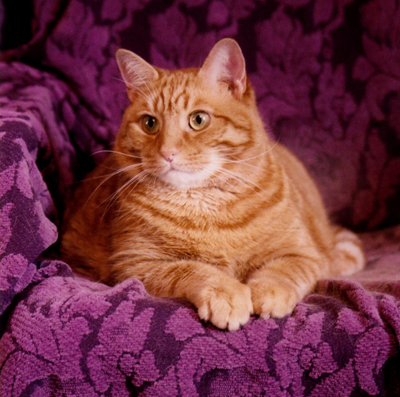Kicking the Pet Obesity Problem in the New Year
Should old acquaintance be forgot… Hanging onto the friends and memories of the year past isn’t a bad thing, but hanging on to old troubles may be. At the close of 2015, pet obesity was still believed to be on the rise in the U.S. It seems well-intentioned pet owners can’t kick the habit of viewing their chubby pets as adorable rather than at-risk for serious health issues.
A Troubling Trend
An American Animal Hospital Association task force found that for 2014 obesity rates for both dogs and cats had risen from the previous year. They now estimate 16.7% of dogs and 27.4% of cats are clinically obese. In all, the Association of Pet Obesity Prevention (APOP) estimates 53% of dogs and 58% of cats are overweight.
Although those numbers don’t speak for 2015, it seems the weight problem has not been resolved.

“The ‘fat gap’ continues to challenge pet owners,” said APOP founder Dr. Ernie Ward. “Pet owners think their obese dog or cat is a normal weight, making confronting obesity difficult. No one wants to think their pet is overweight, and overcoming denial is our first battle.”
Even with waistlines, diets, and exercise regimens a central focus for a variety of American industries, the obesity rate for humans increased 3% from 2011-2012 to 2013-2014. It makes sense that pets’ nutritional needs aren’t being met when 40% of the population is overweight.
With Excess Weight Comes Health Risks
With an increasing trend toward pets being obese rather than just overweight, specialists are concerned. Obesity brings with it a higher risk for Type 2 diabetes, osteoarthritis, high blood pressure, and even certain forms of cancer.
“It is critical pet owners understand an overweight dog or cat is not a healthy pet,” said Dr. Julie Churchill, a veterinary nutritionist at the University of Minnesota College of Veterinary Medicine.
For recommendations on proper nutrition, serving size and exercise requirements, please give us a call.
« Virginia Police Department K9s are Safer Thanks to CNN News Anchor